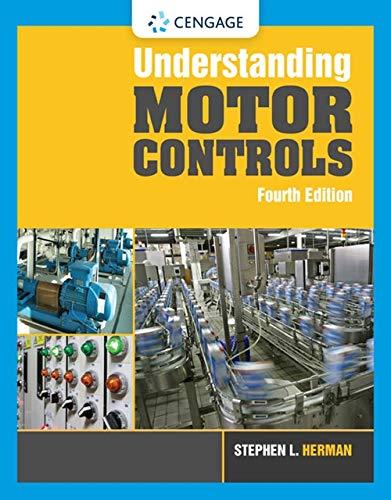
Describe the classic model for electrical conduction in metals.
The description of the classic model for electrical conduction in metals.
Explanation of Solution
In metals, the arrangement of the atoms in the crystal structure is kept together with the metallic bonds that make it possible the movement of valance electrons. In the classic model of the electrical conductivity of a metal, the valance electrons present at the outermost layer are assumed to freely displace between the cores of positive ions in the lattice. Having some kinetic energy at the room temperature, the cores of positive ions vibrate in their lattice positions; however, with the rise in temperature the intensity of the vibrations rise and interchange of energies between electrons and the cores occurs. The electrons vibrate without any electric potential and randomly moves producing no current flow. But when a potential difference is applied, the electrons begin to travel uniformly by producing electric currents.
Want to see more full solutions like this?
Chapter 14 Solutions
Foundations of Materials Science and Engineering
- Distinguish elastic, electrical and magnetic hysteresis in different materials.arrow_forwardEngineering science Distinguish elastic, electrical and magnetic hysteresis in different Materials.arrow_forwardWhat do you understand by charge stratification? Explain the method of achieving the same with Suitable sketches. Discuss the advantages and disadvantages of charge stratificationarrow_forward
- Write a brief note on Conducting Polymers .arrow_forwardHow can you know what kind of bars are made. Explain by investigating net magnetization. (Magnetism and paramagnetism)arrow_forwardMaterials that are not classified as nanomaterials have_______reactivity because their surface are _______as compared to nanomaterial counterpart A. Lower;smaller B. Higher; larger C. Higher ;smaller D. Lower ;largerarrow_forward
- The atoms of a material used as an insulator generally contain ___________ valence electrons.arrow_forwardDefine the term linear coefficient of thermal expansion?arrow_forwardexplain the factors affecting threshold voltage of a diodide from the perspective of material science and engineering.arrow_forward
- Select the correct mechanism for conductive heat transfer in solids? lattice vibration, free electrons none of the given free electrons only lattice vibration onlyarrow_forwardWhat is thermal conductivity?arrow_forwardExplain these factors that affect electrochemical corrosion rate 1). Impurities 2). Presence of air and water 3). Highly reactive metalsarrow_forward
 Understanding Motor ControlsMechanical EngineeringISBN:9781337798686Author:Stephen L. HermanPublisher:Delmar Cengage Learning
Understanding Motor ControlsMechanical EngineeringISBN:9781337798686Author:Stephen L. HermanPublisher:Delmar Cengage Learning
